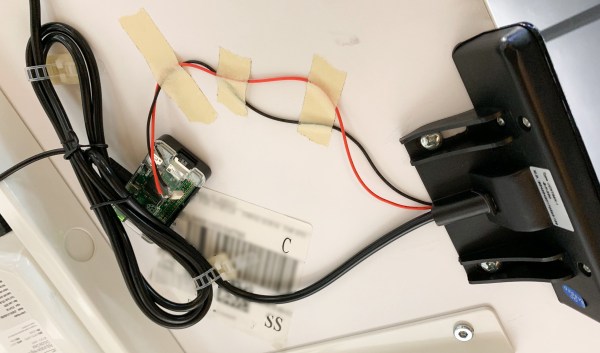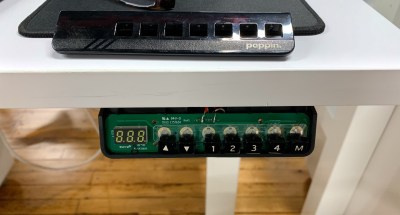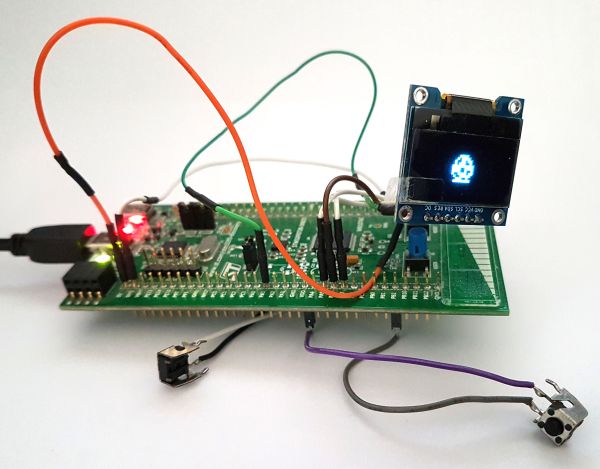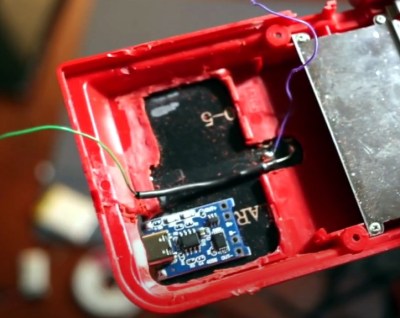The philosophical question of “What is art?” has an ethereal, transient quality to it. A definition seems to slip away as you get close to an answer. Embracing that quality, [Max Fischer] has created an AI-powered painting that paints a new piece of art at the push of a button. When the button below the screen is pushed, a new image is generated and the old one is forever lost, which in a way, makes the frame a piece of art itself.
The really makes this project stand is the sheer quality of documentation on the GitHub repo. The instructions are incredibly detailed. Everything from setting up the Jetson to building the control box out of half-inch MDF (12mm for the sane part of the world) is laid out with copious pictures. Despite the ease of generating images ahead of time, [Max] took the hard route Hackaday route and did all inference locally and in real-time. To handle the processing requirements, an Nvidia Jetson Xavier NX single-board computer was used. He trained StyleGAN with high-resolution abstract art that gets generated whenever the button below the screen is pushed. To prevent screen burn-in, a PIR was added to turn the screen off when no one is around.
Here at Hackaday, we’ve seen several projects putting old laptop screens or monitors into a nice wooden case and mounting them to the wall. Since 32″ laptops are rather hard to find, [Max] opted to take a different approach and instead got a 32″ Samsung Frame for relatively cheap.
For all their detail, [Max] did leave one thing out of the readme: the AI that generates the art. [Max] hints that he wants others to create their picture frames, but with their own art generation. So what are you waiting for? Go make some art.


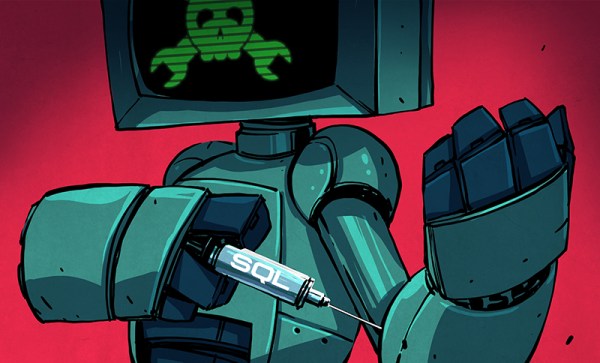
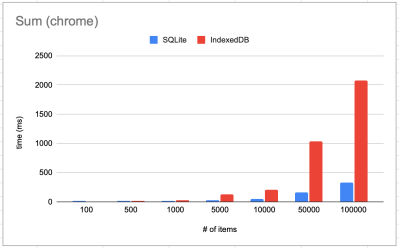 That brings us to the other reason why it’s absurd. On chrome (as well as Firefox), absurd-sql beats IndexedDB on almost every benchmark. A query like
That brings us to the other reason why it’s absurd. On chrome (as well as Firefox), absurd-sql beats IndexedDB on almost every benchmark. A query like 

